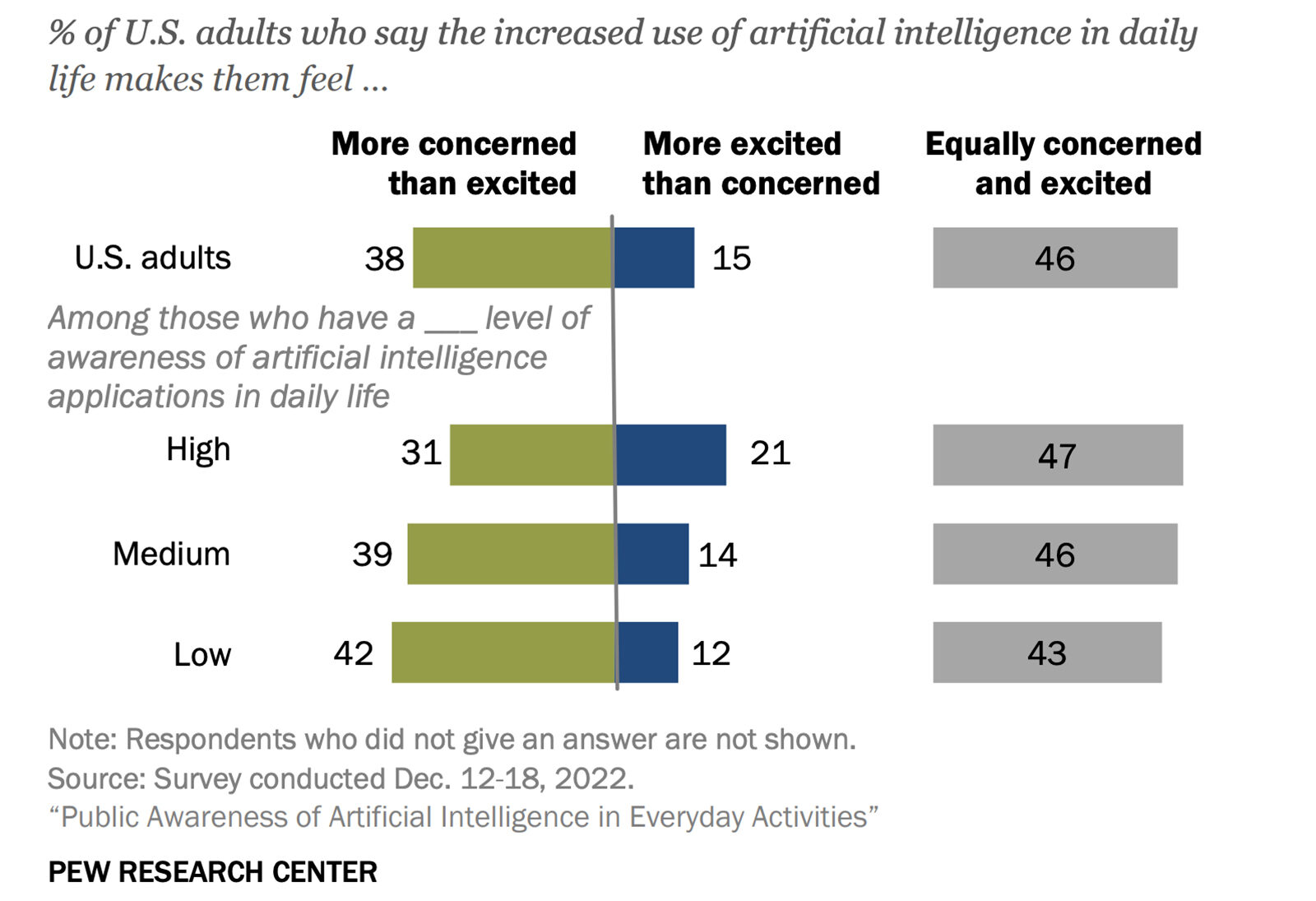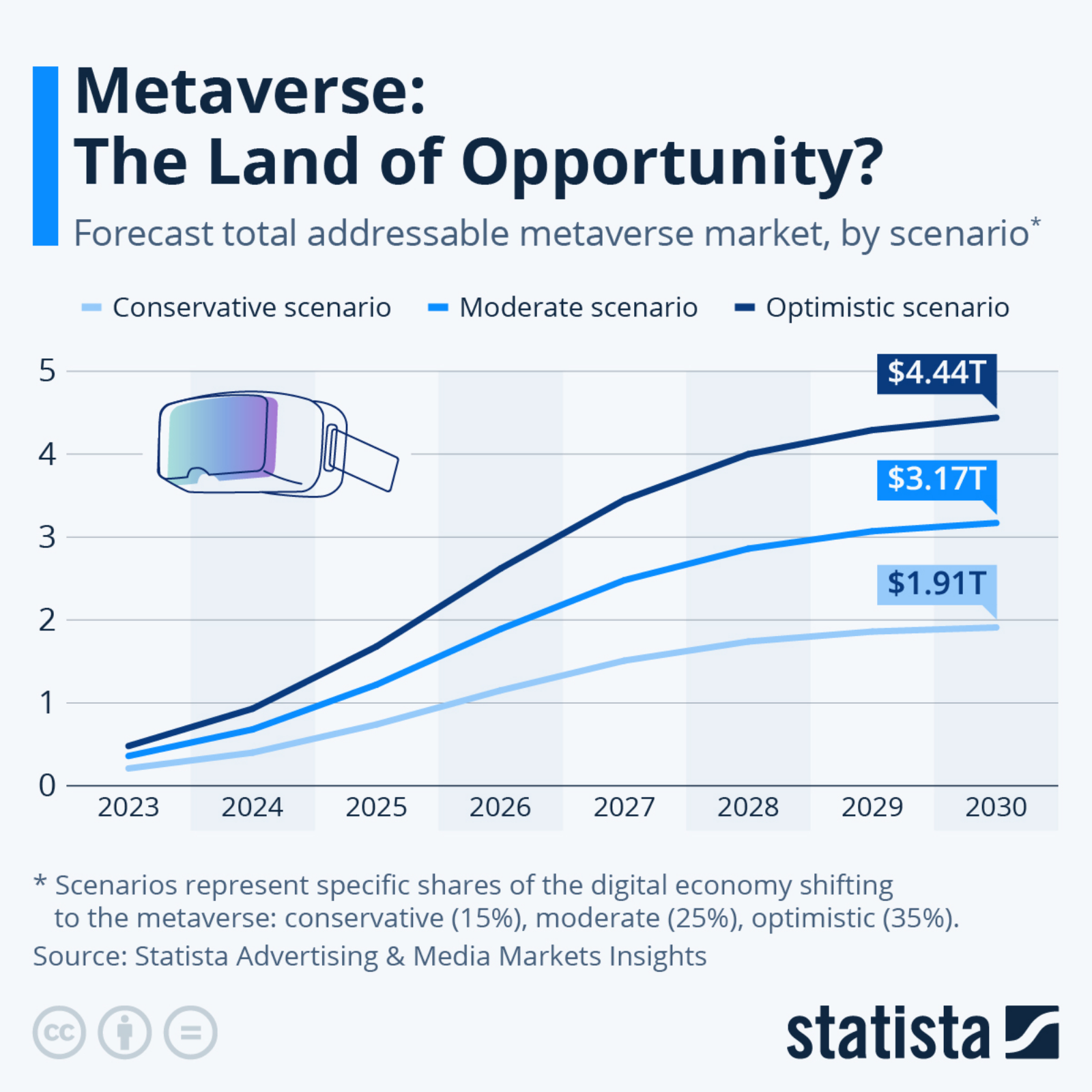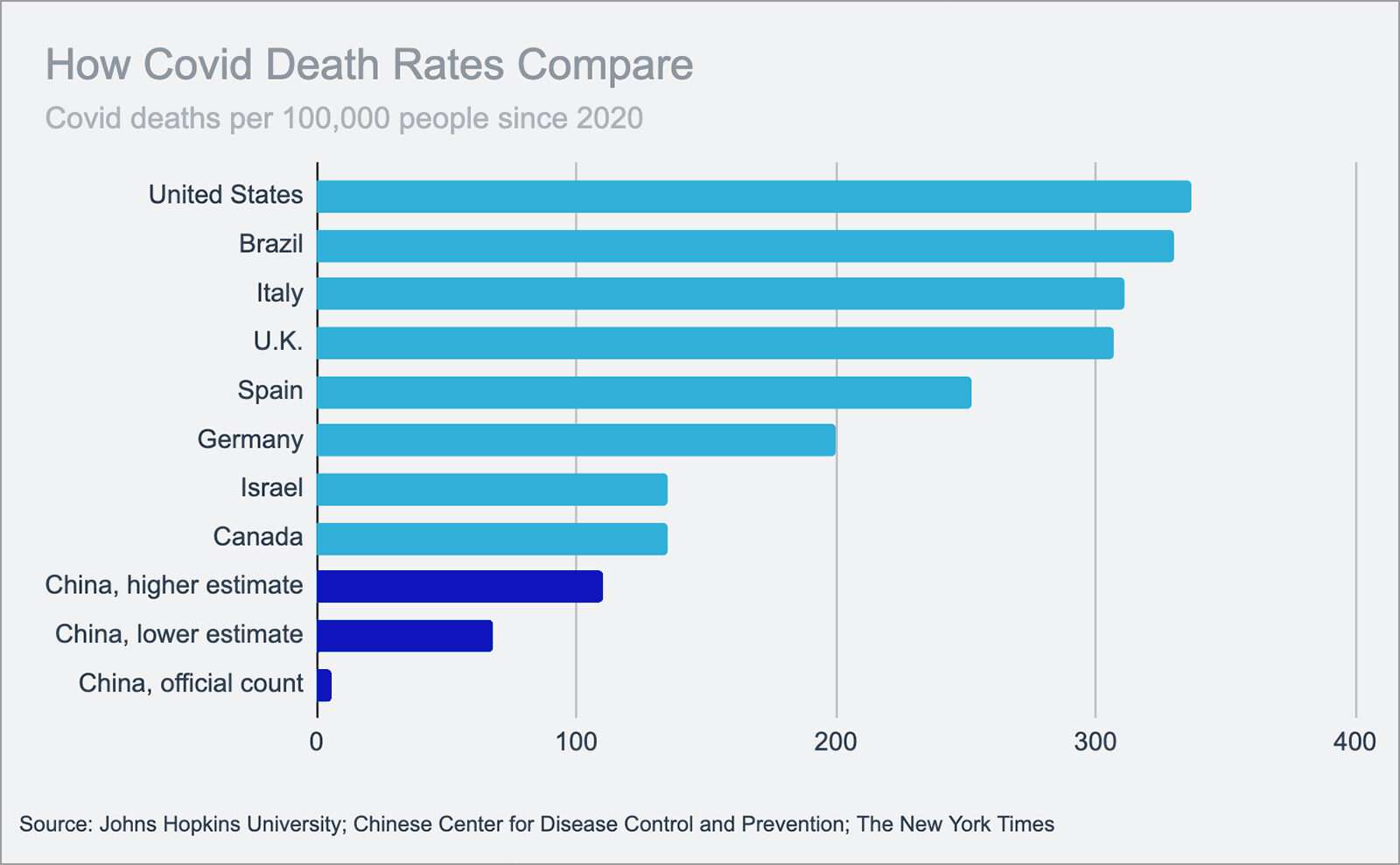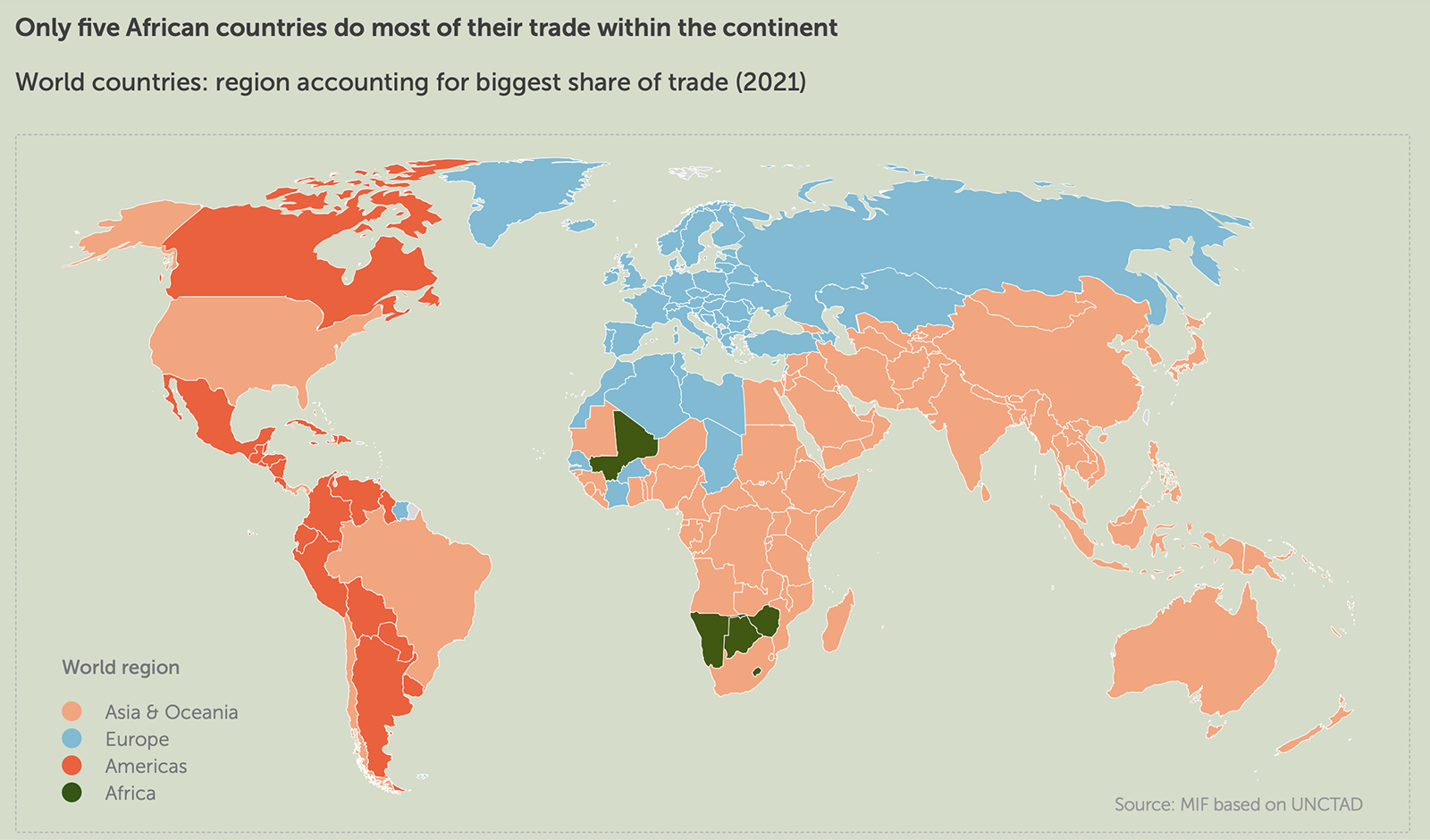City Populations Were Declining Long Before COVID
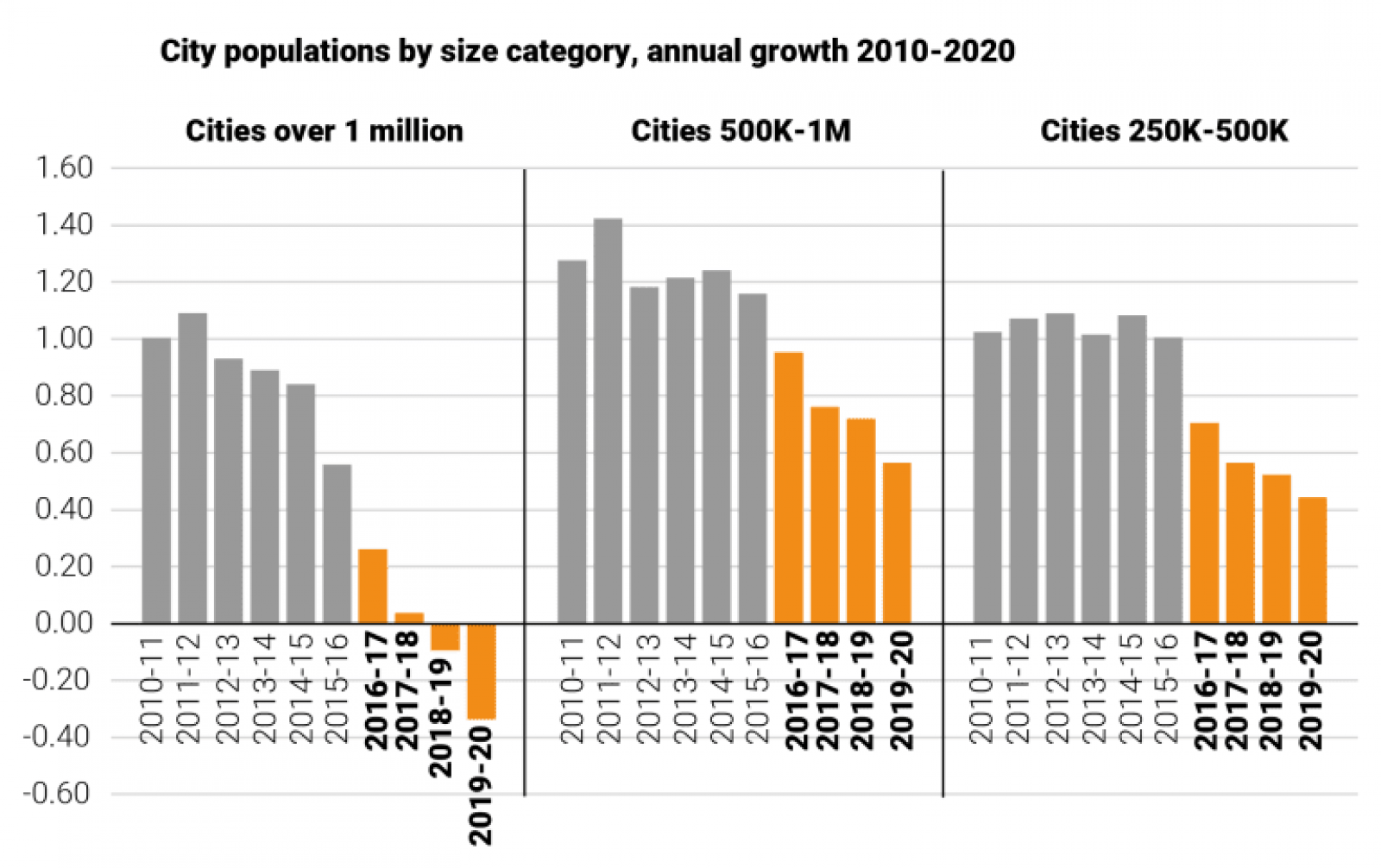
Source: Brookings Institution
U.S. cities with populations exceeding one million saw the largest decline in residents, reaching a rate of nearly -0.40 between July 2019 and July 2020. Of the 10 largest cities, eight declared a lower growth rate over the past two years than in 2018 to 2019, and six saw their lowest growth in the last decade, according to Brookings Institution. There were only 33 cities that reported notable growth upticks out of 89 cities.
Emigration from cities, lower rates of immigration from abroad and fewer births all contributed to the recent population losses in these cities. Although COVID-19 sped up the population loss, most were on the trajectory of slower growth before the start of the pandemic.
Early in the 2000s, Americans were attracted to cities over their surrounding suburbs; however, this trend soon reversed due to the impact of the 2007-09 Great Recession. As the 2010s continued and the housing market jumpstarted, city-to-suburban shifts reemerged. It is unclear whether migration out of city living is a more permanent or temporary trend, but early data shows that urban interest may already be recovering.


